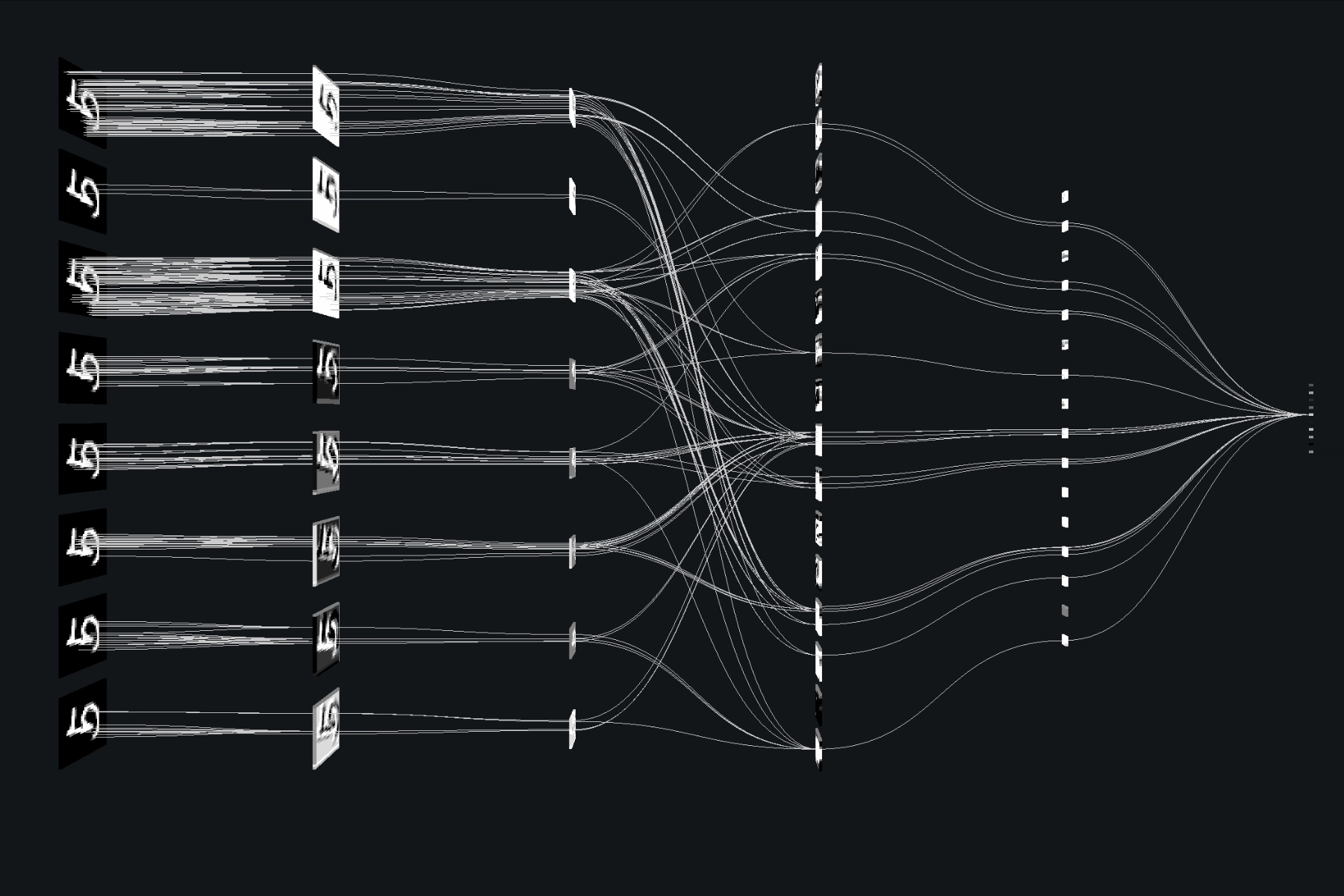The AI gold rush has all the hallmarks of peak euphoria: Nvidia making up 8% of the S&P 500, OpenAI valued at $300 billion while hemorrhaging cash, and venture capitalists funding companies “they don’t understand, in markets they haven’t researched, because they’re terrified of missing the next OpenAI.” But what happens when the music stops?
We’re seeing the warning signs now. According to recent analysis, AI usage at companies with 250+ employees dropped from nearly 14% in June to under 12% in August. The US Census Bureau surveys 1.2 million companies every fortnight, and their data shows corporate adoption is actually slipping.
The Unraveling Begins: Investor Reality Sets In
The “vibe coding” market is cooling, as Replit CEO Amjad Masad observed: “Early on in the year, there was the vibe coding hype market… The tools were not as good as they are today. So I think that burnt a lot of people.” Companies that were publishing their annualized recurring revenue figures every week “now they’re not.”
Meta’s recent experience demonstrates the shifting sentiment. When they announced AI spending would hit $70-72 billion annually (up from $66-72 billion), their stock plummeted 11% the next day. Institutional investors pointed to ballooning AI investment without clear returns. As Zacks Investment Management’s Brian Mulberry bluntly stated: “They have to start doing a better job of showing us when that comes back to the balance sheet.”
The fundamental math is brutal. OpenAI generated $3.7 billion in revenue last year against $8-9 billion in operating expenses – and the company is projected to burn through $129 billion before 2029. Economist Stuart Mills notes generative AI companies are “charging far less than they need to make a profit” and should raise subscription prices significantly.
The Great Compute Glut: When Training GPUs Become Inference Machines
The first domino to fall will be investor pressure on AI labs to abandon speculative training workloads and focus on monetizing existing inference capacity. When this shift happens, we’ll see a massive flood of GPUs hitting the market.
The implications are staggering: today’s training-first approach means significant GPU capacity sits idle between model development cycles. When investors demand ROI, that capacity gets redirected to inference workloads, causing cost per token to plummet. Companies like Meta, sitting on enormous GPU inventories, will be forced to either deploy meaningful business applications or sell their hardware at fire-sale prices.
This will be the ultimate test of business models. As developers on forums note, smaller cloud providers like Vultr, DigitalOcean, and Hetzner stand to benefit massively as they’ve built alternatives to hyperscaler infrastructure that suddenly become cost-competitive.
Market Segments Under Pressure: Who Actually Pays?
Let’s break down who actually pays for AI services post-correction:
| Segment | Monetization | Expectations | Constraints |
|---|---|---|---|
| Enterprise Companies | Limited targeted use cases | Integration with existing data pipelines | Increasing vendor lock-in awareness |
| Sensitive Sectors (gov, healthcare) | Higher margins | Strict regulations, governance needs | Government budget limitations |
| Developers & Freelancers | Spread across providers | Multiple LLM integration capability | Hard to gain market share |
| General Public | Minimal conversion | Anything resembling ChatGPT | Uses free models, pays only when bundled |
In a crash scenario, each segment faces different realities. The enterprise market becomes ruthlessly pragmatic – companies that integrated AI into core workflows survive, while peripheral “AI-powered” features get cut. Sensitive sectors like healthcare and government stick with proven providers but scrutinize budgets intensely.
The developer segment becomes hyper-price-sensitive, constantly switching between providers for the best token pricing. And the general public? They’ll use whatever free option mimics ChatGPT well enough.
The Consolidation Wave: Who Survives, Who Gets Acquired
The big players face dramatically different fates when the bubble bursts:
OpenAI falters but doesn’t collapse, creating a power vacuum if ChatGPT access becomes unstable. Their enterprise customers will rapidly migrate to any provider that replicates ChatGPT’s interface. Microsoft takes a huge hit from their OpenAI investment but absorbs ChatGPT into Azure as a defensive move.
Google emerges as the long-term winner – they’re not dependent on Nvidia for hardware and can integrate AI across their ecosystem at unprecedented scale. This becomes the “aha” moment explaining why Berkshire Hathaway recently bought Alphabet.
Amazon retreats to being a service provider for big-budget companies but lacks compelling proprietary LLMs. They’ll likely deepen their Anthropic+Google partnership.
Meta faces a Metaverse-style reckoning. Investors punish them for years as they struggle to monetize their GPU glut within existing business units.
The specialized plays like Coreweave face existential risk. Originally a crypto firm that pivoted to AI, their GPU-heavy model collapses when compute prices plummet. Their assets get acquired piecemeal, further accelerating pricing pressure.
Nvidia’s Reality Check: The Shovel Salesman When the Gold Rush Ends
Nvidia built an empire on infinite demand, but gravity applies to everyone. When the training frenzy subsides, they’ll face a GPU oversupply that takes 2-3 years to digest. They’ll likely pivot back to consumer gaming divisions, but long-term? They’ll be fine – just humbled for a few years as punishment for overexuberance.
The circular financing arrangements that propped up valuations – Nvidia invests in OpenAI, OpenAI buys Nvidia chips, repeat with different players – unravel spectacularly. Softbank’s recent complete sell-off of Nvidia stock for $5.83 billion looks increasingly prescient.
The Smart Money Already Knows
KKR’s analysis suggests that while froth exists in parts of the AI ecosystem, real breakthroughs in models and applications continue. Their framework emphasizes that “unit economics are more important than hype” and focuses on “return on invested capital after power and capital costs, not theoretical total addressable markets.”
This is the key insight: survivors will be those who built durable businesses, not just rode the hype wave. The painkiller-vs-vitamin distinction becomes fatal – tools that automate contract review and cut processing from 5 days to 5 hours survive. Chatbots that help you “brainstorm better” get cancelled when budgets tighten.
The Infrastructure Paradox: What Actually Lasts
Historical parallels are instructive. The dot-com bubble burst wiped out countless companies but left behind critical infrastructure. As KKR notes, “past overbuilds in rail, electrification, and fiber seeded critical economic change” – and they believe long-term data center demand will justify much of today’s activity.
But today’s cycle differs fundamentally from the 1990s fiber buildout. Data centers require ongoing capital expenditure for refreshes every few years – idle capacity erodes returns rather than waiting for demand. And critically, today’s construction typically happens with customer contracts in place, not speculative “field of dreams” building.
Power emerges as the ultimate constraint – not capital. Grid connection queues, transformer lead times, and siting difficulties make uncontrolled overbuilding impractical. This creates natural moats for players who secured power access and permits early.
The Berkshire Bet: Why Alphabet Wins Long-Term
Warren Buffett’s move into Alphabet reveals the smart money’s thesis: AI becomes most valuable when deeply integrated into existing ecosystems at scale. Google’s ability to embed AI across search, workspace, cloud, and advertising creates defensive moats that pure-play AI companies can’t match.
The coming correction separates builders from spenders. We’ll see VC funding shift dramatically toward companies with “unit economics, retention rates, proof that customers would riot if you disappeared” – actual businesses, not science projects.
As one analysis predicts, “over the next 6-18 months, we’ll see consolidation. A few platforms will own entire categories.” The survivors won’t be those with the slickest demos – they’ll be those with the best economics and deepest integrations.
The New Normal: AI as Infrastructure, Not Magic
The post-bubble landscape looks radically different but ultimately healthier. AI stops being magical thinking and becomes infrastructure – like electricity, like the internet. The cost to run high-performance AI models has dropped by over 280x in two years, making practical applications economically viable even without hype-driven valuations.
The correction washes out the “API wrappers” – companies that slapped ChatGPT into a UI and called it revolutionary. What remains are companies solving expensive problems, not interesting ones.
The takeaway for founders and investors: Build something that saves time or makes money. Solve expensive problems, not academic ones. Embed deeply into workflows. Make yourself painful to remove. Focus on retention over acquisition.
The bubble will pop. The boom will continue underneath. The question isn’t whether there’s froth – there obviously is. The question is whether you’re building something that survives the correction.



